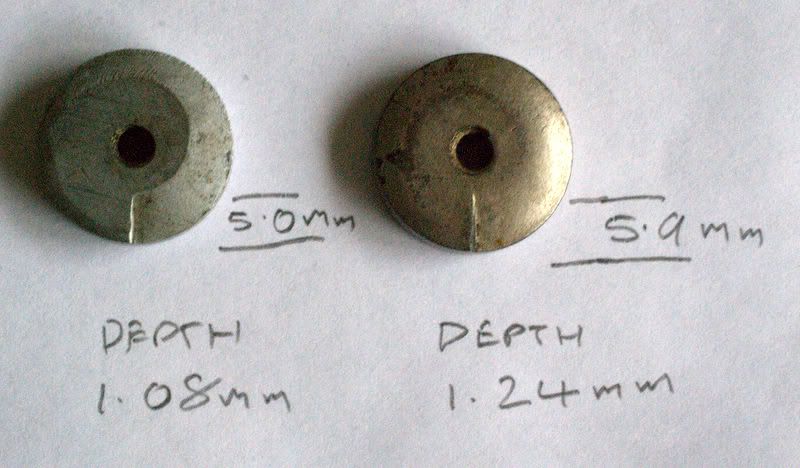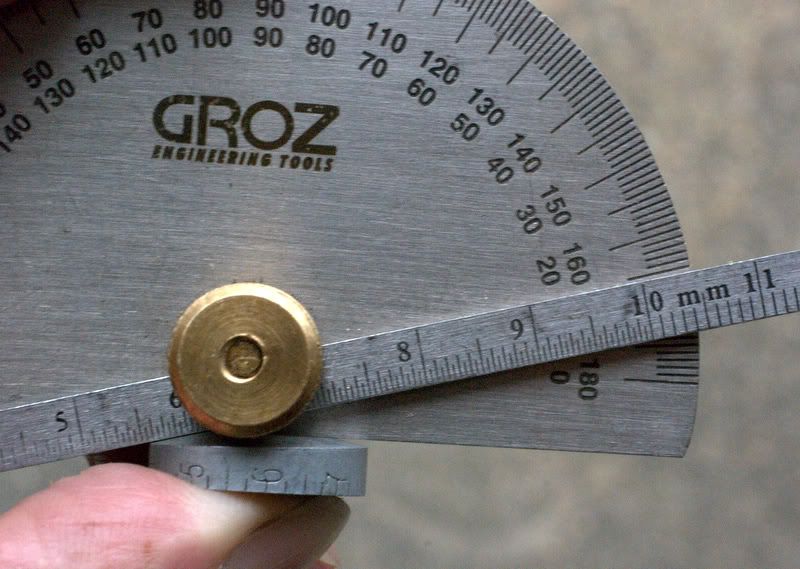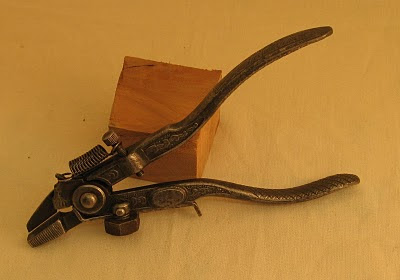Racers
Established Member
- Joined
- 22 Apr 2005
- Messages
- 9,172
- Reaction score
- 136
Hi, Chaps
Here they are...

The anvils

Measurements, maximum depth of spiral and width of spiral

Angle

The one on the right is what I think is the older one, but the anvil looks cheap and the bevel is rounded over, the left hand one is nice and crisp compared to it. But the casting is more ornate on the right hand one, the other seems like its been reduced of any unnecessary ornamentation.
Pete
Here they are...

The anvils

Measurements, maximum depth of spiral and width of spiral

Angle

The one on the right is what I think is the older one, but the anvil looks cheap and the bevel is rounded over, the left hand one is nice and crisp compared to it. But the casting is more ornate on the right hand one, the other seems like its been reduced of any unnecessary ornamentation.
Pete





































